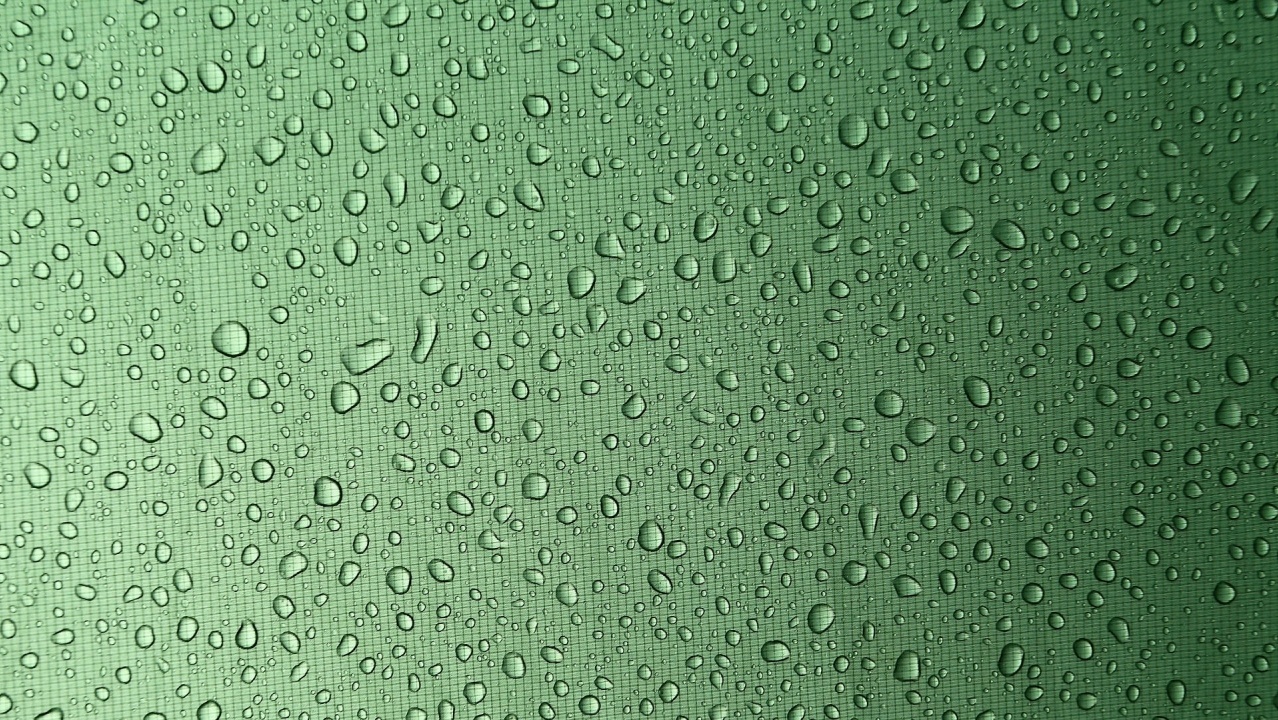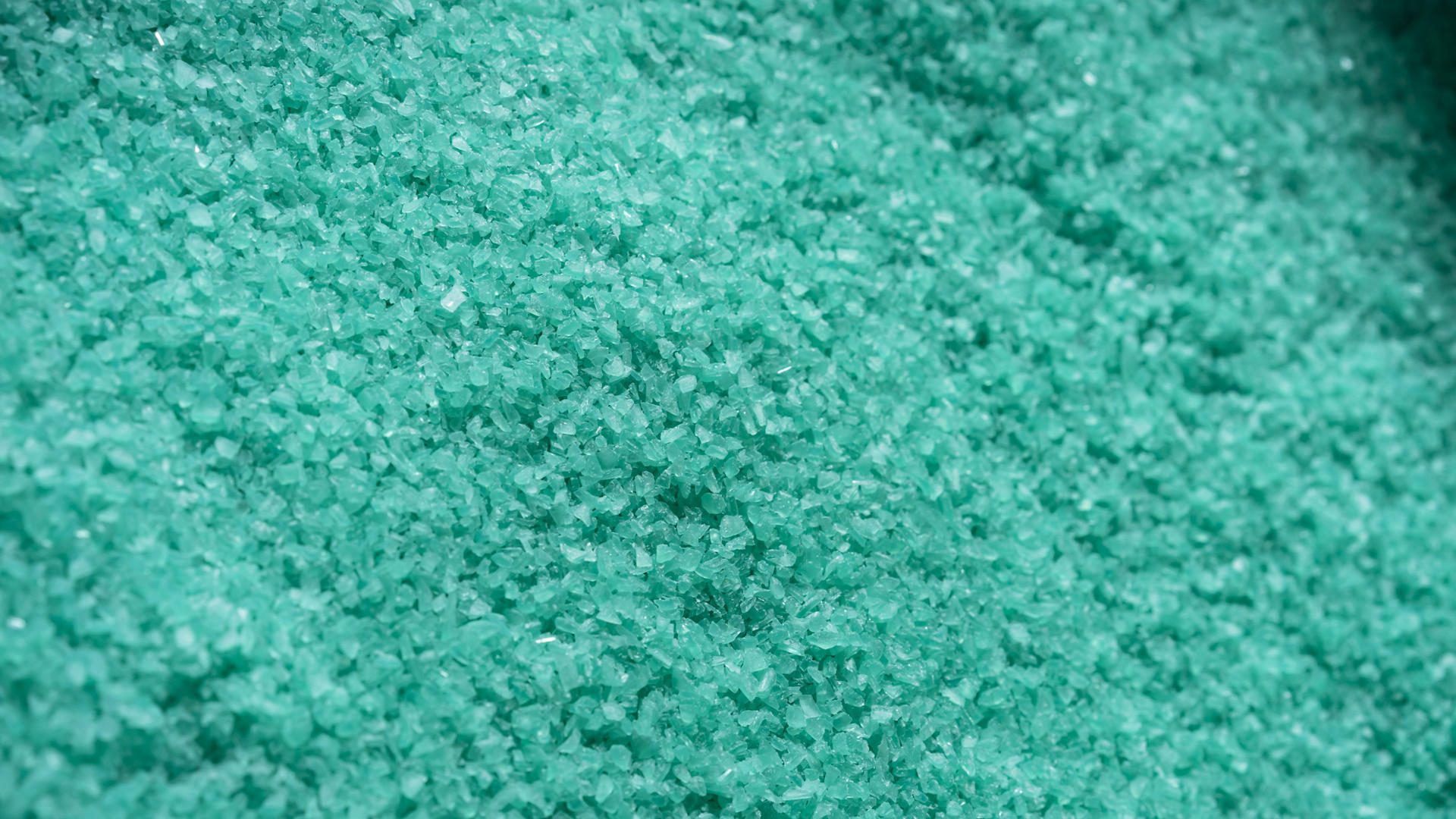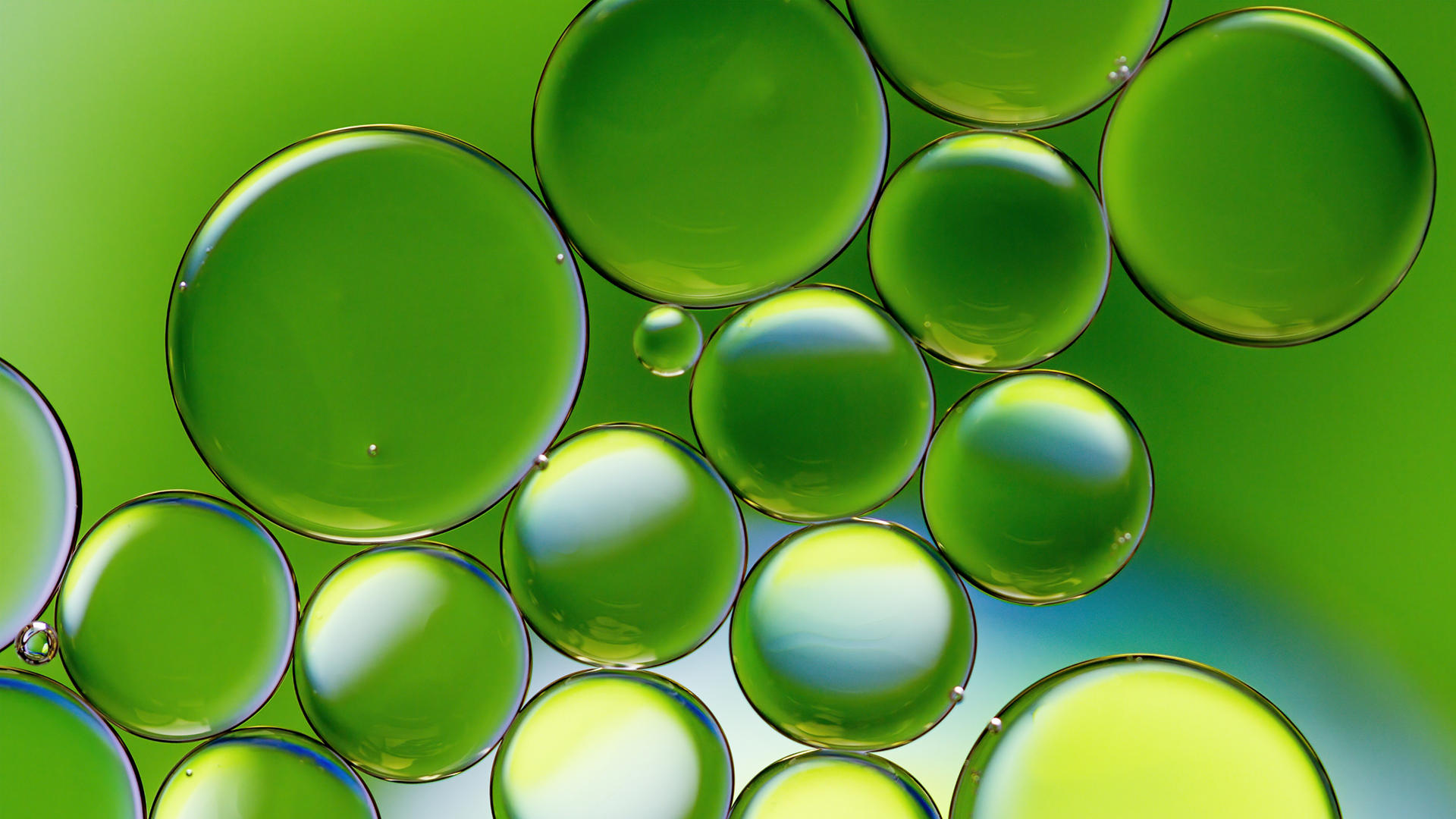Gain new perspectives for faster progress directly to your inbox.

Coatings are used everywhere, from waterproofing to decoration. However, they are produced from non-renewable plastics, which are often unrecyclable and degrade, causing microplastic pollution. With the recent push toward increased sustainability and renewable resources, coatings designers and manufacturers are asking how they can use renewable feedstock for their products.
Polymers are only part of the story, though. Coatings are usually developed using environmentally dangerous solvents and chemicals to create the necessary texture and emulsions. Researchers must also eliminate these more hidden environmental impacts to develop fully sustainable coatings.
With non-renewable and environmentally damaging materials as the standards in the coatings industry, how can innovators begin incorporating renewable materials into the design of their products?
Bio-based polymers

Polymers are the basis for most coatings but are traditionally derived from non-renewable materials such as petroleum. Bio-based polymers are one sustainable alternative. Bio-based polymers are created from renewable feedstock from plant or animal sources and include advancements in using plant-based oils as a feedstock to produce polyurethane (PU).
Vegetable oil-derived PU is a green alternative to traditional petroleum oil PU that retains the same desirable properties. The easy availability, low cost, and increased sustainability of bio-based PU make it a popular choice within the coatings industry. Bio-based PUs can be designed to incorporate other eco-conscious technologies, including zero-solvent or UV-curable properties, to lessen the environmental impact further.
A 2022 research paper demonstrated how castor oil could be used as a bio-based feedstock for creating a high-performance coating. Using dynamic hindered urea bonds, the authors derived a repairable, recyclable, and removable hydrophobic UV-curable PU from castor oil. The layer contained over 47 percent bio-based material, and due to the dynamic nature of the molecular bonds, it also exhibited repairability, weldability, recyclability, and removability. One sample demonstrated a scratch-healing ability of over 97 percent and could be recycled at least four times.
Other recent studies have shown the use of several renewable feedstocks to create coatings, including:
- • Algae
- • Hemp
- • Wood
- • Starches
- • Proteins
As a rapidly evolving area of research, bio-based polymers offer an exciting opportunity for coatings manufacturers to develop more sustainable products and move toward a greener future.
Recyclable polymers

Bio-based polymers are not the only option for renewable plastics. Using a recyclable polymer is another avenue to achieve sustainability by reducing or eliminating waste and taking advantage of renewable raw materials within one process. Recycled materials are an alternative renewable feedstock due to their circularity, so the recycling process must be high-yield and sustainable.
One way to achieve this is by developing a coating designed to be recycled through removal and reuse. At NASA’s Langley Research Centre, researchers created a manufacturing technique for polymer-coated epoxy microparticles, which can be returned to feedstock using high temperatures. The material was designed for 3D printing applications on long-range space missions, where renewable feedstocks would be essential, but it has a range of terrestrial applications.
By developing materials and coatings with renewable circularity, manufacturers can create a sustainable product lifecycle for the reuse of their coatings. As green chemistry becomes increasingly important to consumers, coatings research should focus on the recyclability of innovations and how to appeal to a market trying to go green.
Waterborne polymeric dispersions

Polymers are only part of the story when developing a sustainable coating. Traditional coatings often use environmentally damaging and non-renewable solvents as a delivery and cure system. Manufacturers aiming to create a sustainable product must innovate these systems and their polymer uses.
Water-based coatings offer an environmentally neutral and renewable option that is increasingly used for textiles, paper, and paints. The monomers used to create a water-based coating—a waterborne polymeric dispersion—vary, but they are an effective formula for many bio-based polymers. This allows manufacturers to combine two renewable feedstocks within the same product and take an extra step toward sustainability.
Surfactants and emulsifiers

Other ingredients in coatings formulas, such as surfactants and emulsifiers, can also be derived from renewable feedstocks. Starch and soybeans can serve as effective soap-free surfactant sources and have successfully emulsified coatings formulas. Starch is a low-cost option with high availability and minimal environmental impact, making it a popular choice among developers. It can also be grafted directly to polymers to create surfactant-free emulsion polymerization.
When insufficient surfactants are used alone, cellulose nanocrystals (CNCs) are amphiphilic nanoparticles that can be used as stabilizers for emulsions. Extracted from renewable sources of cellulose such as wood pulp and cotton, CNCs offer another avenue for developers to create stable emulsions with eco-conscious materials.
Creating sustainable coatings

Designing and manufacturing sustainable coatings from renewable feedstocks requires researchers to consider the sources, by-products, and waste routes of every part of their formulations. Careful assessment of the sustainability of polymers, solvents, surfactants, and emulsifiers is needed to create environmentally friendly coatings. By embracing new materials, manufacturers can create exciting new layers that appeal to eco-conscious consumers and contribute to the green chemistry of the future. Learn more about how biopolymers are reducing the carbon footprint of manufacturing and an even more in-depth Insight Report on the landscape of emerging biopolymers.



